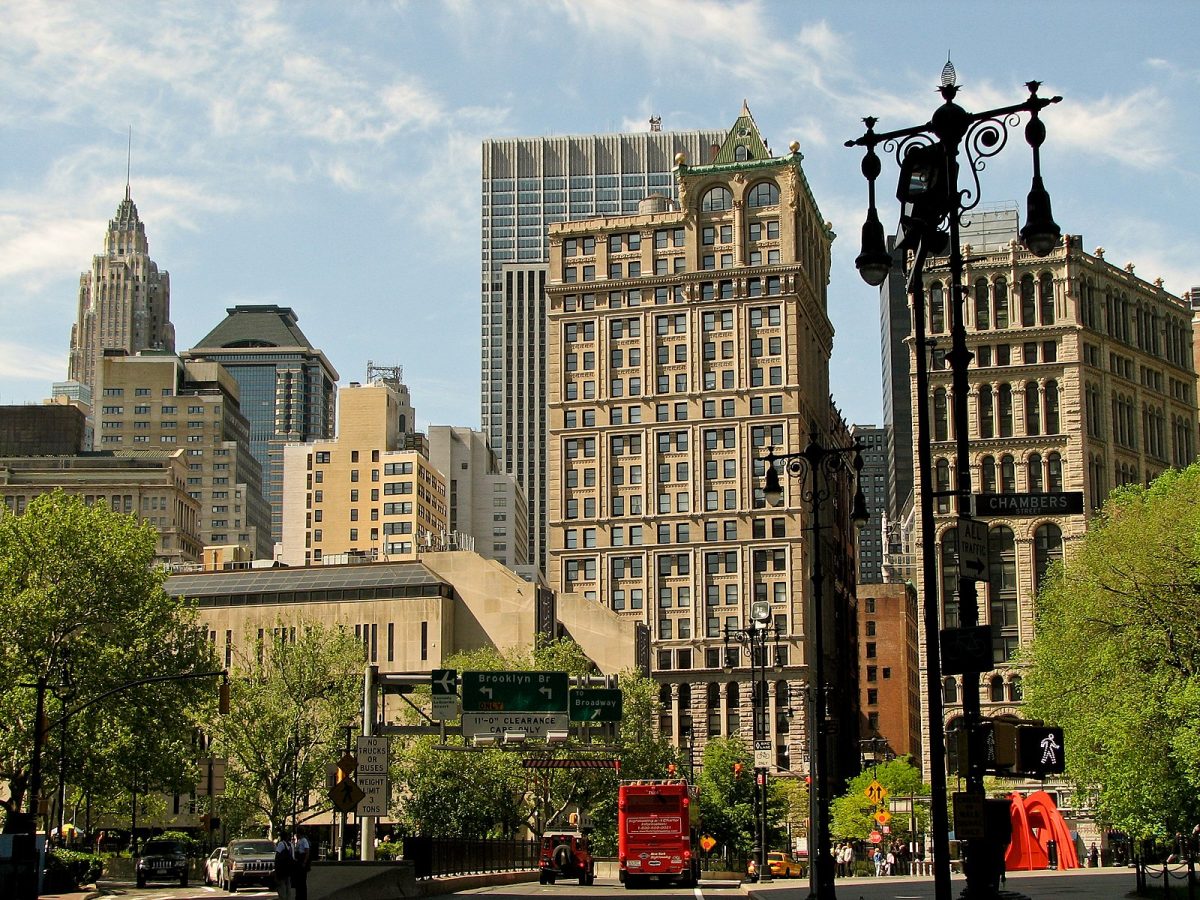On Sept. 12. New York City Mayor Eric Adams unveiled a four-part plan to help offset the cost of buildings having to follow carbon dioxide emission standards.
The Getting 97 Done plan will aid landlords rushing to make energy retrofits to avoid fines from Local Law 97.
Building owners may qualify for another two years to comply with Local Law 97 by filing a long-term decarbonization plan with their annual compliance report. The project must show how much they will slash emissions through 2050 and how it will be funded.
In 2019, New York City enacted Local Law 97 to establish greenhouse gas emission limits for New York City’s largest buildings.
It includes structures on the same tax lot and condominium association governed by a board of managers exceeding 50,000 gross square feet.
Nearly 70 % of New York City’s carbon emissions come from the fossil fuels used to heat, cool and power the buildings.
By 2024, most facilities will be limited to their greenhouse gas emissions to comply with the city’s plan to reach an aggressive target of carbon neutrality by 2050.
The city’s target numbers are to reduce emissions, compared to the 2005 levels, by 40% by 2030 and 80% by 2050, in comparison to the 2005 levels.
Each building owner must file a report detailing their annual greenhouse gas emissions by May 2025 and every year after on the same date.
In less than three months, the caps will kick in. New York City administration reported that an estimated 11% of the buildings still need to be added to the mark for 2023 and an estimated 63% may not make the 2030 benchmark.
An estimated 3,700 properties could end up on the wrong side of the law and incur as much as $200 million in tax fines next year and $900 million annually by 2030. With higher interest rates, revenue shortfalls and vacancy issues, owners face the obstacle of paying for retrofits.
Getting 97 Done has four key areas. The plan will focus on achieving decarbonization goals.
The central piece is a framework for mediated resolutions for buildings who fall out of compliances with the Local Law 97.
To qualify, the building must have suffered an unforeseen event, such as a natural disaster, or have demonstrated a good-faith effort.
As of now, owners are waiting to hear more details regarding what is deemed as “good-faith effort.”
The city outlined several funding and financing options, but the details still need to be clarified on the qualifications for most of them mentioned that a building will be able to show good faith if a compliance report was submitted with the water and energy use, upgraded lightening and proof of work to- wards the emissions limit or if the building has a long-term decarbonization plan.
To prove the work striving to reach emissions limits, the building must have approved plans and permits from the Department of Buildings and a contractor to do the job with a firm schedule of completion. If the building is unable to electrify without an upgrade, the owner can demonstrate that they are engaged with Consolidated Edison – which the city is working with to make compliance easier – proving that work is getting underway.
Compliance would cost be- tween $12 billion to $15 billion and the effort would create 140,000 jobs.
Some local advocacy groups are calling on Adams to scrape the plan in fear that the biggest polluters will continue pumping carbon while delaying the cost of compliance.
Another concern is owners buying their way out by paying others to reduce emissions without making strides towards reductions.








